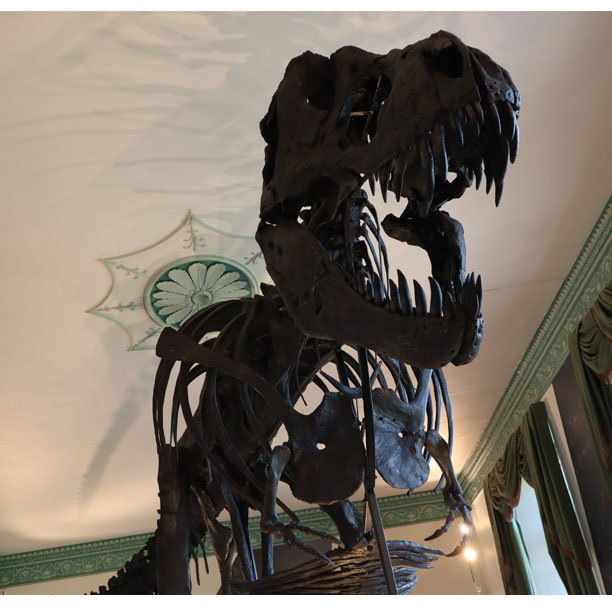Amazing Ichthyotitan Jawbones Go on Display and Hollywood Comes to Bristol
The recently described Ichthyotitan jawbones are going on display and Everything Dinosaur sponsors a film all about dinosaurs. Everything Dinosaur is proud to announce that they will be sponsoring the internationally acclaimed documentary “WHY DINOSAURS?” when it comes to the UK. Four special screenings have been announced – London, Sheffield, Bristol and the Lyme Regis fossil festival.
The special screenings will take place next month (June 2024), and the Bristol event has been scheduled to coincide with the giant jawbones of Ichthyotitan going on display.

Four special screenings of the award-winning documentary “WHY DINOSAURS?” in the UK. Everything Dinosaur is one of the sponsors of “WHY DINOSAURS?”.
Ichthyotitan Jawbones
The Bristol screening will take place on the evening of Wednesday June 5th. It will be hosted by The Bristol Aquarium. The fossilised remains of the giant marine reptile Ichthyotitan will be on display at the Bristol Museum and Art Gallery, to coincide with this exciting event.
To read Everything Dinosaur’s blog post about Ichthyotitan: Ichthyotitan a Huge Triassic Marine Reptile.
Dr Dean Lomax, the lead author of the scientific paper was busy this week helping to install the Ichthyotitan jawbones in their new home.

The Ichthyotitan jawbones going into their display case. A curious Megaloceros looks on as the team installs the fossil bones. Picture credit: University of Bristol.
Fragmentary bones representing part of the jaw of an enormous ichthyosaur were found along the Somerset coastline. The first discovery was made by Paul de la Salle in 2016. Father and daughter Justin and Ruby Reynolds discovered more material in 2020. The bones are from a Late Triassic ichthyosaur estimated to have been about the size of an extant Blue Whale!
Commenting on the film and fossil display, Dr Dean Lomax stated:
“As an 1851 research fellow here at the University of Bristol, I wanted to bring the film to the city and give people an opportunity to walk the red carpet and watch this exciting dinosaur movie. Moreover, I’m very excited to say that the bones of the recently announced Ichthyotitan, the giant ichthyosaur co-discovered by then-11-year-old Ruby Reynolds and announced last month [in April], will also be on display at Bristol Museum and Art Gallery, to coincide with the screening of “WHY DINOSAURS?”.

Dr Dean Lomax, Ruby Reynolds, Deborah Hutchinson, Carol Skiggs, Justin Reynolds and Paul de la Salle inspect the new Ichthyotitan exhibit. Picture credit: University of Bristol.
The website of Dr Dean Lomax: British Palaeontologist Dr Dean Lomax.
“WHY DINOSAURS?”
The Bristol screening of “WHY DINOSAURS?” will take place on the evening of Wednesday June 5th.
This award-winning documentary follows dino-obsessed teenager James Pinto and his father on a global search to try to understand why people are fascinated with the Dinosauria. In their quest they interviewed more than sixty-five experts from various fields related to dinosaurs, including leading scientists and artists among Jurassic Park fans.
The documentary explores themes from museum displays to blockbuster films. It attempts to discover what fascinates us about these prehistoric creatures. James Pinto, who narrates the film, explained:
“This movie explores the myriad ways in which people connect with dinosaurs, providing a unique look into the lives and careers of those who study them.”
As one of the world’s leading suppliers of dinosaur and prehistoric animal models, it was only fitting that Everything Dinosaur should become involved with this amazing project.
Dinosaur fans lucky enough to attend the Bristol screening will have a rare opportunity to meet and interact with palaeontology experts. Kallie Moore, the co-host of PBS Eons, Jessica Lippincott of the Wyoming Dinosaurium Project, and acclaimed palaeontologist, author and presenter Dr Dean Lomax, who is also a scientist at the University of Bristol will be in attendance. Dr Lomax is interviewed in the documentary and is also an Executive Producer.
Sue and Mike from Everything Dinosaur will be attending the Sheffield screening on June 1st.
Tickets for Dinosaur Fans
The event at the Bristol Aquarium will commence at 6pm with a red-carpet reception with the film documentary starting around 7.15pm. The evening will conclude with an engaging question and answer session giving the audience an opportunity to delve deeper into the making of the documentary and the scientific wonders it explores.
Producer, editor and filmmaker Tony Pinto was excited to be bringing this amazing project to the UK. He went onto state:
“It isn’t the traditional computer-generated dinosaur reconstructions and celebrity-narrated prehistoric documentary. Instead, we introduce the genuine voices of working palaeontologists, science communicators, artists, and dinosaur fanatics to tell a brief history of palaeontology and explore the world’s fascination with dinosaurs in popular culture.”
Tickets are available from £15 to £20. This fantastic event promises to be a thrilling journey into the age of dinosaurs, appealing to enthusiasts of all ages.
For tickets visit: “WHY DINOSAURS?” – Buy Tickets.


























